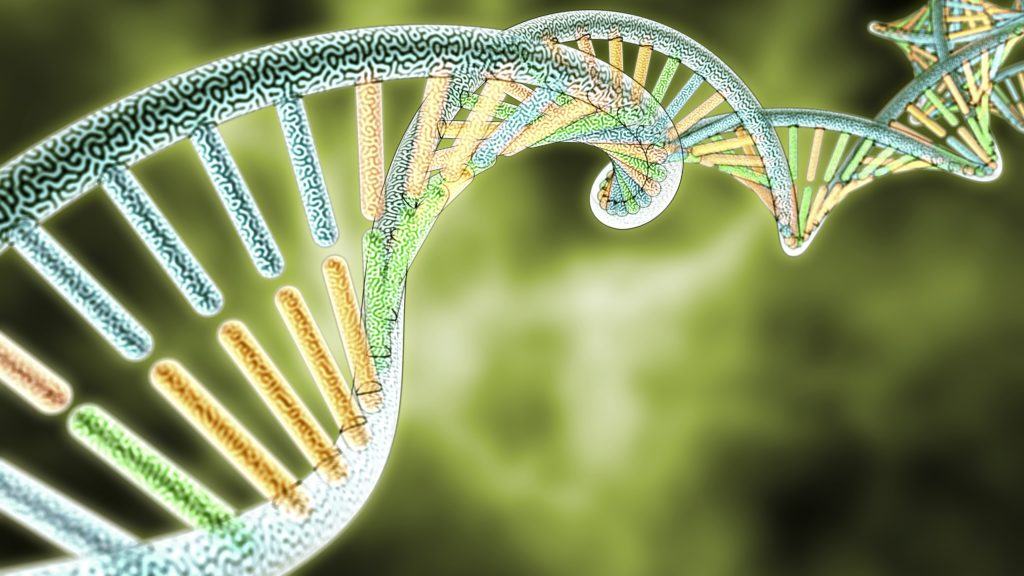
With the increase in the availability of cannabis, incidences of cannabis use disorder (CUD) are rising among certain age groups. Recently a survey study was conducted to measure changes in marijuana use and CUD from 2008 to 2016.1 The group found that reported CUD increased from 2.18% to 2.72% among adolescent respondents (ages 12 to 17) and from 0.90% to 1.23% in respondents aged 26 and over. No change in CUD frequency was observed in respondents aged 18 to 25. While these changes may be considered negligible, the authors mention these rising trends are a potential public health concern.
As legislation continues to permit its availability, information regarding the risks associated with cannabis use should be made accessible. It has been reported that 50-70% of the liability to CUD is due to genetic factors.2 Considering there seems to be a genetic predisposition to pathological cannabis habits, it is prudent to examine conditions that can lead to unhealthy behaviors surrounding its use.
What is Cannabis Use Disorder?
CUD affects ~10% of the 193 million cannabis users worldwide.3 With that being said, it is important to clearly distinguish between cannabis use and CUD. The definition of CUD, according to the current Diagnostic and Statistical Manual of Mental Disorders (DSM-5), is a combination of diagnostic criteria.4 CUD can be briefly summarized as problematic cannabis habits which negatively impact the user’s quality of life. Specifically, this includes frequency of use resulting in unfulfilled obligations at work or school, unsuccessful attempts to limit or control use, and/or use in situations in which it is physically hazardous.
It is estimated that 8-12% of cannabis users will progress to CUD.5 Additionally, it has been reported that CUD has demonstrated a high rate of comorbidity with other mental illnesses such as depression6 and may exacerbate manic symptoms in individuals with bipolar disorder.7
What is a Genome-Wide Association Study?
The genome-wide association study (GWAS) is a popular research method to search for genotype-phenotype relationships. In other words, they are an effective way to associate genetic variants with observable characteristics. Although it has been a revolutionary method of study, the GWAS approach has both benefits and limitations, which are described in detail by Tam et al.8 Completed GWAS have identified novel variant-trait associations with tested clinical applications, however, they do not inherently reveal causal mechanisms. The variants highlighted by GWAS are associative by nature and the complexity of conditions caused by multiple genes must be remembered when interpreting these findings. The review mentioned above goes on to suggest that research institutions and sources of funding should feel encouraged to keep supporting the GWAS design.
Genetic Variants Associated With CUD
According to twin and family studies, cannabis experimentation and later CUD has a strong genetic component,9 however not many reliable genetic variants have been associated with this phenomenon. Recently, Johnson et al. conducted a large-scale GWAS that has identified a novel genetic variant associated with CUD on chromosome 7.10 Additionally, this study confirmed the association of a previously described genetic locus on chromosome 8, which was originally reported by Demontis et al. in 2019.11
The novel variant on chromosome 7 is a single nucleotide polymorphism located in an intron (non-coding region within a gene) of the FOXP2 gene. This variant is an expression quantitative trait locus (eQTL) for FOXP2, which means it influences the overall expression of the FOXP2 gene.12 It has not been determined conclusively that possessing this variant in FOXP2 results in CUD, however, an unrelated GWAS has implicated FOXP2 in risk-taking behaviors.13 Others have shown that aberrant expression of FOXP2 causes drastic negative effects in the normal development of speech and language acquisition.14
The previously implicated (now further validated) site on chromosome 8 is an eQTL for the CHRNA2 gene. The original paper suggests that the underexpression of CHRNA2 in the cerebellum may be directly involved in CUD, considering the potential role of the cerebellum in addiction.15 Moreover, Johnson et al. were able to show statistically significant genetic overlap between CUD and other psychopathology including ADHD, schizophrenia, and depression. This was accomplished by conducting linkage disequilibrium score regression calculations, a powerful statistical method used to estimate the genetic correlation between different observed phenotypes.16
Potential Treatments on the Horizon
With the increasing pervasiveness of CUD among certain age groups, it is necessary to develop effective treatments for those living with this condition. Interestingly, a phase 2 clinical trial examining the effects of cannabidiol for the treatment of CUD was recently published, showing promising results.17 The authors note that in participants meeting the DSM-5 criteria for CUD, both 400 and 800 mg oral doses of cannabidiol were more efficacious in reducing cannabis use compared to placebo.